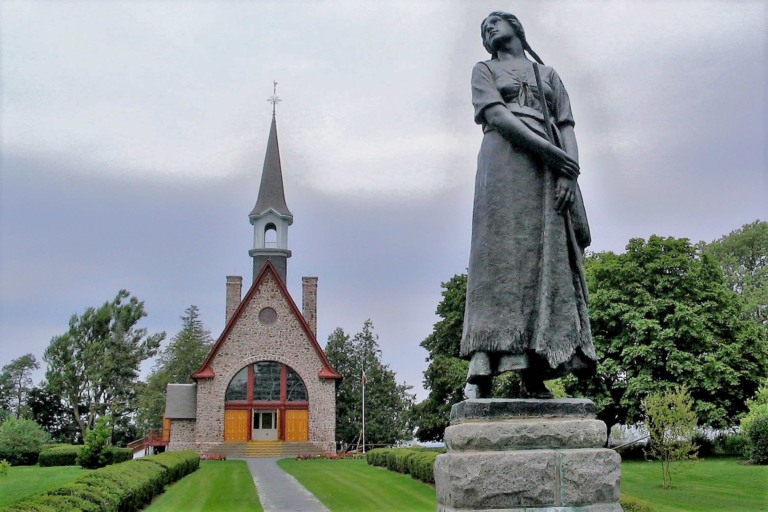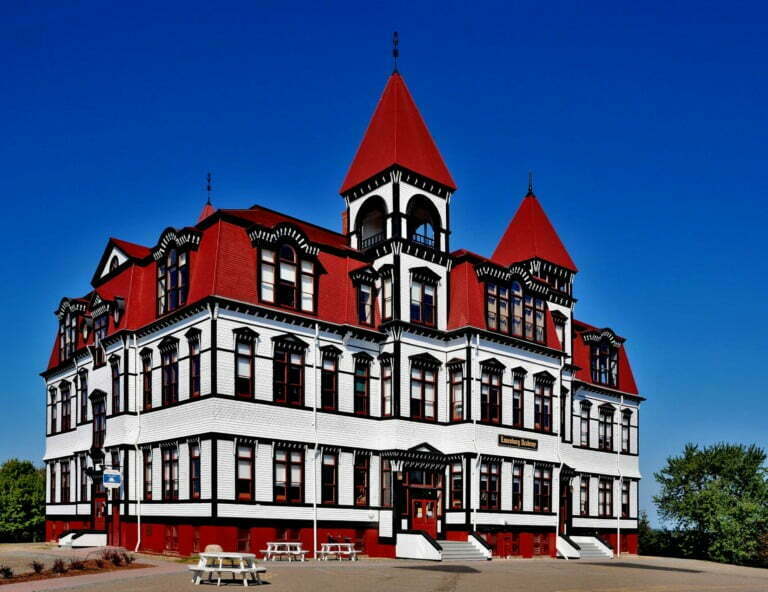Canadian Landmarks: Cultural Heritage, Indigenous People, Natural Wonders, Colonial Background, Historical Significance. Canada is a vast and diverse country with numerous landmarks that hold cultural heritage, reflect indigenous history, showcase natural wonders, colonial background, historical significance, and contribute to the nation’s identity. Here’s a summary of the importance of Canadian landmarks:
Canadian Landmarks
1. Cultural Heritage: Canadian landmarks represent the country’s cultural diversity and heritage, showcasing the contributions of various ethnic groups that have shaped Canadian society. They encompass a wide range of traditions, arts, and customs, reflecting the multicultural fabric of the nation.
2. Indigenous People: Many Canadian landmarks have connections to indigenous cultures, serving as reminders of their historical presence and contributions. These sites are sacred to indigenous communities, preserving their spiritual and cultural ties to the land.
3. Natural Wonders: Canada boasts breathtaking natural landmarks, such as the Rocky Mountains, Niagara Falls, and Banff National Park. These natural wonders showcase Canada’s stunning landscapes and wilderness, contributing to its national identity and promoting environmental conservation.
4. Colonial Background: Some Canadian landmarks date back to the colonial period, reflecting the early European settlement and interactions with indigenous populations. These sites provide insights into the complexities of Canada’s colonial history.
5. Historical Significance: Canadian landmarks hold historical importance, representing pivotal moments in the nation’s history. From historic sites related to explorers and settlers to memorials honoring war veterans, they serve as symbols of Canadian heritage and accomplishments.
6. Symbolism of National Identity: Many Canadian landmarks, such as the Parliament Hill in Ottawa or the CN Tower in Toronto, are iconic symbols of Canadian values, culture, and achievements. They embody the nation’s identity and aspirations.
7. Tourism and Economic Impact: Canadian landmarks attract domestic and international tourists, contributing to the country’s economy. They support local businesses, create jobs, and stimulate tourism-related industries.
8. Education and Civic Pride: Canadian landmarks provide educational opportunities for visitors and locals to learn about history, culture, and civic values. They foster a sense of pride and engagement with the nation’s past and present.
9. Conservation and Preservation: Many Canadian landmarks are protected and preserved for future generations. Conservation efforts aim to maintain their historical integrity, natural beauty, and cultural significance.
In summary, Canadian landmarks play a vital role in preserving the country’s cultural heritage, honoring indigenous history, celebrating natural wonders, and commemorating historical milestones. They are symbols of national pride, unity, and environmental stewardship. These landmarks attract visitors, educate the public, contribute to the economy, and foster a deeper appreciation for the diverse and remarkable history and landscapes of Canada.
Canadian Cultural Heritage

Mistaken Point Newfoundland

Waterton Glacier International Peace Park

Grand Pre Nova Scotia
